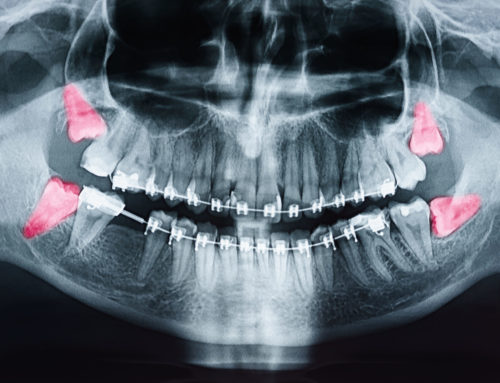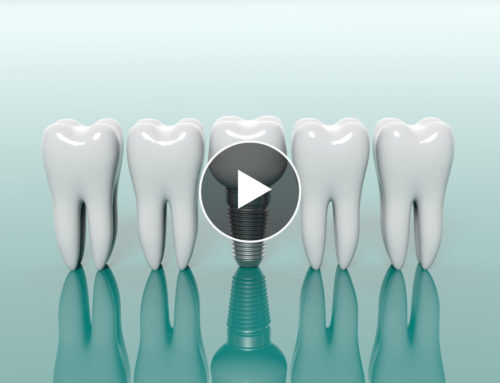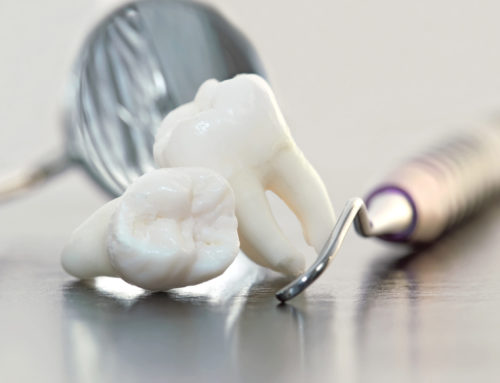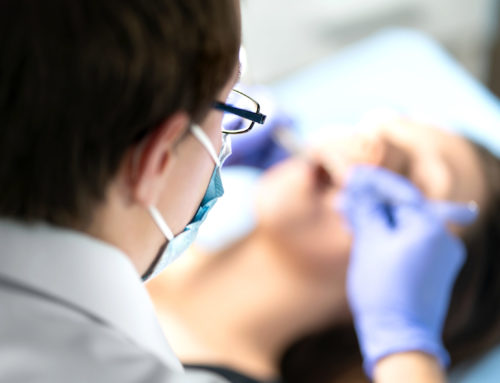Corrective jaw surgery, performed by oral and maxillofacial surgeons, can greatly improve the lives of those suffering from dental issues.
Orthognathic surgery may be necessary to correct more severe dental cases such as when the jaw does not align properly, the teeth do not fit the jaw, or both. There are several cases in which an orthodontist needs the additional expertise of an oral and maxillofacial surgeon in order to properly and adequately create the right bite for the patient.
Such cases may include:
Prognathism
Prognathism is when the lower jaw protrudes or bulges out extensively. This is often caused by the shape of one’s face and will cause misalignment of the teeth.
Micrognathia
Micrognathia is the opposite of prognathism and is seen in cases where the lower jaw is too small. This will also cause misalignment of the teeth.
Asymmetry
An asymmetrical jaw is when the lower jaw is crooked in relation to the upper jaw. Corrective jaw surgery is usually necessary, as this is often a case of bone structure abnormalities.
Maxillary Procumbency
In cases of maxillary procumbency, the problems are caused by an upper jaw that is larger than the lower jaw.
Maxillary Deficiency
Rather than the upper jaw being too large such as in cases of procumbency, a maxillary deficiency is a result of an upper jaw that is too small.
Apertognathia
Apertognathia is a type of malocclusion, or misalignment, and is known as an open-bite deformity.
While these are the most common types of cases that oral and maxillofacial surgeons see on a regular basis, there may be other structural abnormalities in the jaw that may require corrective surgery.
Some people may seek out the care of cosmetic dentistry Houston surgeons when they notice their teeth do not line up properly, while others are unaware they have a problem until undergoing a routine visit with their dentist.
If your dentist or orthodontist suspects you may be a candidate for corrective jaw surgery, they will often refer you to an oral surgeon. The oral surgeon will conduct a specialty exam including radiographs which allow for the measurement of bones, overlays of clinical photographs and x-rays and measurements of your teeth, mouth and face. Including several different data points allows the surgeon to create a surgical plan and the best way to align your jaw. In order for corrective jaw surgery to be effective, the jaw must be done growing, which happens around age sixteen for females and eighteen for males.
The biggest misconception about orthognathic surgery is that the jaw will have to broken and then wired shut. Modern surgery on the jaw bones do not include breaking any bones, rather bones are surgically cut and repositioned. Orthodontic braces are also needed temporarily to keep the jaw in its newly corrected position.
If you suspect you have a dental issue needing oral and maxillofacial surgeons, speak with your dentist and ask for a referral to a cosmetic dentistry Houston practice such as OMSH. Many people have enjoyed a great improvement in their quality of life after having corrective jaw surgery. If you have any questions about orthognathic surgery, contact us today, we’re here to help.






